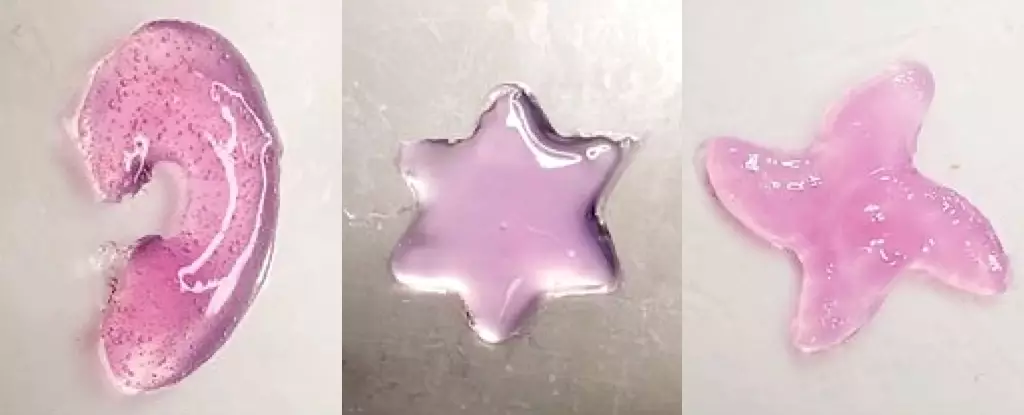In an era where technological advancements in medicine capture our fascination, the recent development of deep tissue in vivo sound printing (DISP) stands out as a groundbreaking innovation. Produced by a dedicated team of scientists at the California Institute of Technology, this technique offers a glimpse into a future where healing and drug delivery can happen seamlessly within the human body. By utilizing ultrasound technology to 3D print materials directly where they are needed, DISP could transform the landscape of medical treatments, particularly in oncology and regenerative therapies.
The core idea behind DISP is relatively simple yet astonishingly effective. The process begins with injecting a bioink, which can vary in its composition based on its intended medical purpose. Central to this innovative treatment are polymer chains and crosslinking agents, which form a hydrogel that facilitates both tissue healing and targeted drug delivery. Unlike previous 3D printing methods, which mainly utilized infrared light, the incorporation of ultrasound allows for deeper penetration into tissues, reaching muscles and organs where conditions often become complex for treatment.
How It Works: The Science Behind DISP
At the heart of DISP’s process is a careful orchestration of environmental triggers and materials. Initially, crosslinking agents contained within lipid-based liposomes are strategically injected into the desired area. These liposomes remain inert until a focused ultrasound beam—specifically calibrated to heat the liposomes to 41.7°C—activates them. This controlled heating ruptures the liposomes, releasing the crosslinking agents that then interact to form a hydrogel in situ. This method is a remarkable advancement; not only does it create tailored constructs inside the body, but it does so with a focus on biocompatibility.
The versatility of DISP shines through when considering its applications. From repairing damaged tissues to providing efficient systems for drug delivery, the implications of this breakthrough are vast. The ability to craft complex shapes, evidenced in animal experiments where stars or teardrop patterns were created, is particularly notable. These precise prints can be vital in achieving specific functionality, whether for prosthetics or specialized drug reservoirs.
Therapeutic Applications: Beyond Imagination
One of the most compelling aspects of DISP is its potential for cancer therapy. In experimental studies involving bladder cancer, a hydrogel embedded with the chemotherapy drug doxorubicin was utilized. Following the DISP procedure, the drug’s release was sustained over several days, leading to a dramatic increase in cancer cell lethality as compared to traditional injection methods. This innovative approach not only promises enhanced efficacy of treatment but also reduces the systemic side effects that accompany conventional chemotherapy.
Further development of the bioink has allowed researchers to integrate conductive materials such as carbon nanotubes and silver nanowires, enabling bioinks to serve dual purposes. Such conductive bioinks could lead to advanced implantable sensors capable of monitoring not only chemical changes but also electrical signals from vital organs, creating a pathway toward more interactive and responsive medical devices.
Challenges and Future Directions
While the prospects of DISP are undeniably exciting, several hurdles remain before it can transition from animal models to clinical applications in humans. The researchers acknowledge this gap and are keenly focused on advancing their studies. The eventual goal is clear: to ensure this technology is not just a theoretical marvel but a practical solution for patients in need of advanced treatments.
The potential of 3D printing inside the human body, catalyzed by ultrasound, is a paradigm shift in how we perceive medicine. As researchers continue to refine and test DISP, the dream of personalized, on-site medical intervention shifts closer to reality. The road ahead may be challenging, but the excitement around these innovations can only grow as they herald a new chapter in medical science.


Leave a Reply